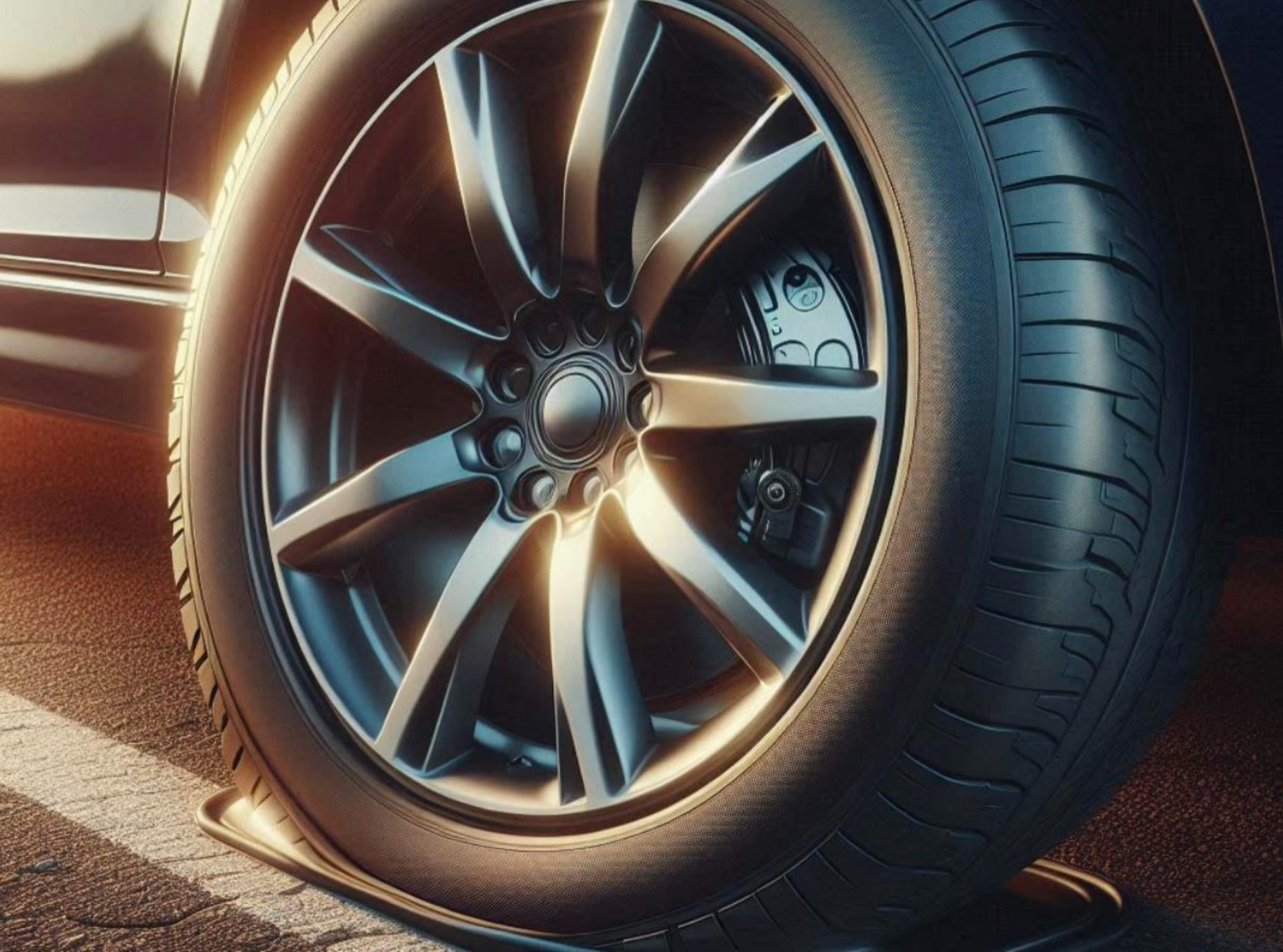As temperatures fall, so does your tire pressure! Cold weather causes tires to lose air, impacting traction and fuel efficiency. To stay safe and avoid unexpected flats this fall and winter, check your tire pressure regularly.
Proper tire pressure allows you to control of your vehicle, especially in adverse weather conditions. Underinflated tires can lead to increased stopping distances, which can be dangerous during sudden stops or on slippery roads.
Here’s how to check your car’s tire pressure:
1. Get a Tire Pressure Gauge
You’ll need a tire pressure gauge, which can be digital or analog. Many gas stations also have built-in pressure gauges at their air stations if you don’t own one.
Underinflated tires create more rolling resistance, which means your engine has to work harder to move the car. This reduces fuel efficiency and can increase your fuel costs by as much as 3%.
Driving on improperly inflated tires can lead to uneven tread wear. Underinflated tires tend to wear out faster on the edges, while overinflated tires wear down in the center. Properly inflated tires ensure even wear, helping them last longer and saving you money on replacements
2. Find Your Car’s Recommended Tire Pressure
- Check the recommended tire pressure for your car, usually found on a sticker inside the driver’s door or in the owner’s manual. Tire pressures are often in psi (pounds per square inch) and may vary between front and rear tires.
3. Check When Tires Are Cold
Tire pressure is most accurate when tires are cold, so check in the morning or after the car has been parked for a few hours. Driving heats up tires and can increase the reading.
Properly inflated tires reduce fuel consumption, which lowers your car’s emissions. This not only helps you save on gas but also reduces your carbon footprint.
4. Remove the Valve Cap
Unscrew the valve cap from the tire’s valve stem and keep it in a safe place.
5. Press the Gauge Onto the Valve Stem
- Press the gauge firmly onto the valve stem to get a reading. If you hear a hissing sound, adjust the gauge for a better seal. Once properly pressed, the gauge will display the tire’s psi.
6. Compare with the Recommended Pressure
- Compare the reading to the recommended psi. If it’s lower, add air to the tire. If it’s higher, release some air by pressing on the valve stem gently until it matches the recommended level.
7. Repeat for Each Tire
- Check each tire individually, as pressure can vary between them. Don’t forget to replace each valve cap after checking.
8. Re-check After Adding or Releasing Air
- If you add or release air, recheck the pressure to ensure it’s at the correct level.
Maintaining proper tire pressure helps with fuel efficiency, tire longevity, and overall vehicle safety. Regular checks, ideally once a month, are recommended to keep your tires in good condition.
Final Word
As a top-tier convention city, New Orleans is known for its many festivals, parties and events. Is the city safe? Of course. That also means that Nola is also a top travel destination.
Want real-time tips on how to save when you’re on a trip? Read our Travel Savings Guide,









